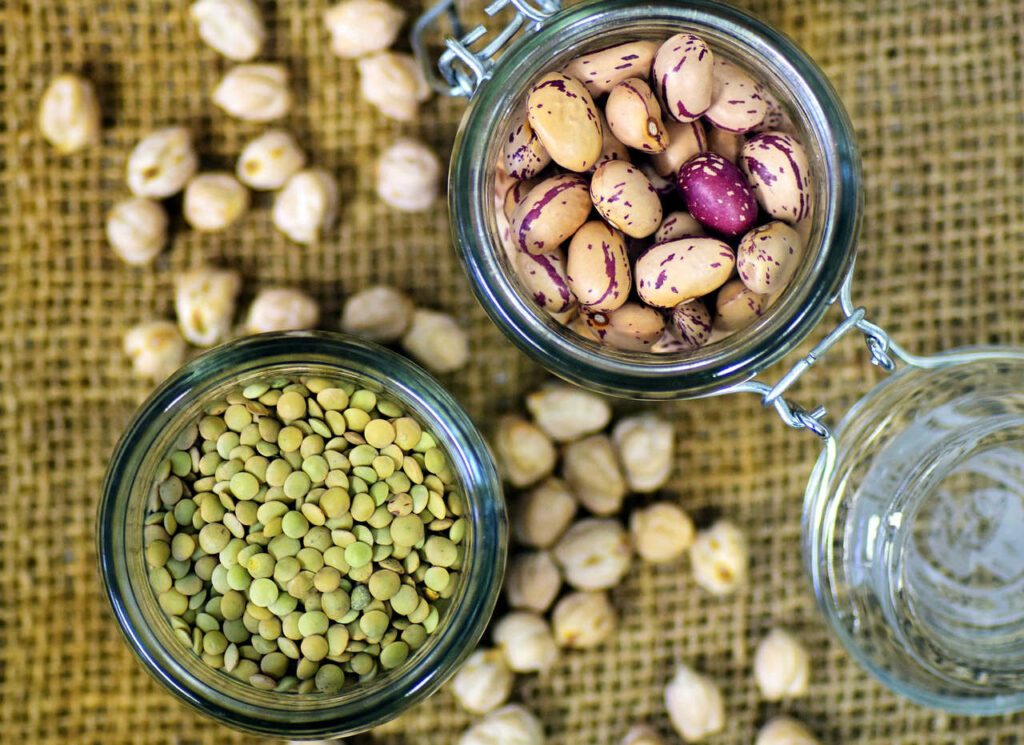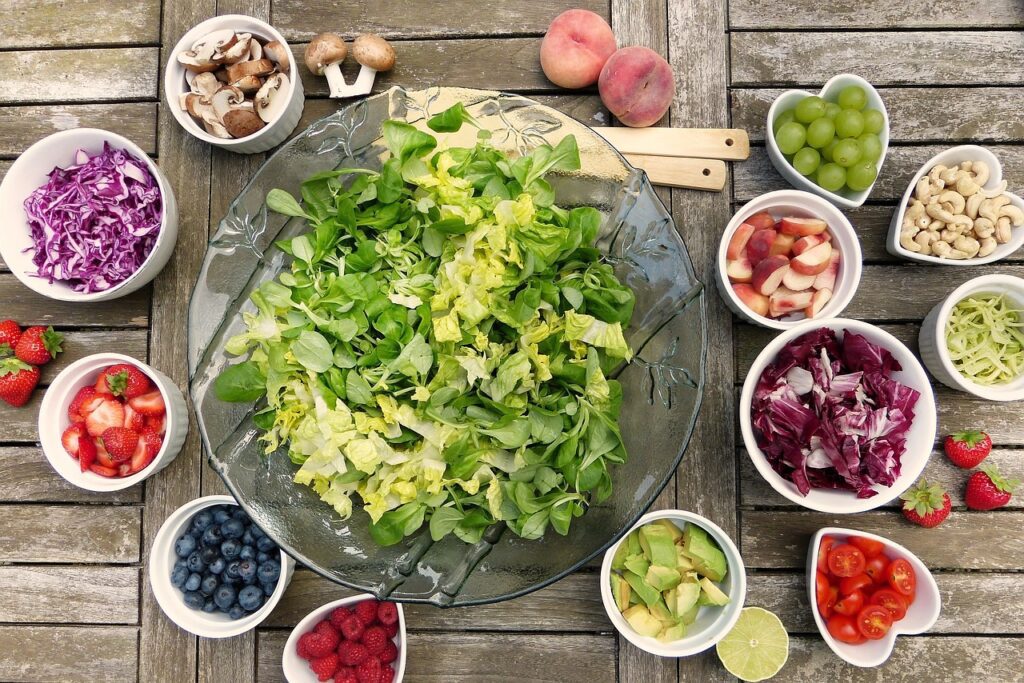Introduction
The common misconception surrounding nutritious eating is that it is synonymous with expensive grocery bills. However, prioritizing health does not have to come at a premium. Strategic budgeting and mindful shopping can bridge the gap between health and affordability. This guide aims to dispel myths and offer practical solutions to combine health and budget-friendly eating.
1. The Hidden Costs of Junk Food
Processed snacks and convenience meals might be tempting, given their seemingly low costs. Yet, they pose a dual threat: deteriorating health and unseen long-term expenses. High medical bills and reduced energy can be attributed to such dietary choices. Avoiding the siren song of unhealthy options during solo grocery trips ensures discipline in your shopping habits, keeping you aligned with your health and budget goals.
2. Smart Beverage Choices for Better Health and Savings
Store-bought beverages can dent your finances over time, not to mention their health implications. Replace these with water for hydration, or milk for nutrition. Introducing milk into daily consumption guarantees intake of vital nutrients and ensures better bone health. For those craving flavor, infused water using fresh fruits offers a refreshing and cost-effective alternative.
3. Harness the Power of Seasonal Fruits
Capitalizing on seasonal produce is both an economical and nutritious choice. Buying fruits in bulk during their season and freezing the extras safeguards against price hikes and scarcity during off-seasons. Additionally, frozen fruits can be seamlessly incorporated into smoothies, desserts, and even main courses.

4. Protein Choices: Striking the Balance Between Cost and Nutrition
Balancing cost and nutrition can seem challenging, but it’s possible with a bit of creativity. While lean meats offer unparalleled protein quality, beans and lentils serve as pocket-friendly protein sources. Rotating between the two not only ensures nutritional balance but also introduces variety into meals, keeping diet monotony at bay. Learn more about this essential macronutrient here.
5. Beans: The Underrated Superfood
Diverse and nutritious, beans are the unsung heroes of budget-friendly meals. Their versatility extends beyond traditional dishes; they can be incorporated into salads, mashed for dips, or even turned into burger patties. Proper preparation methods can enhance their digestibility, making them a staple in any diet.

6. Seafood: Making the Most of Local Sources
Being near a coastline or freshwater body opens up a trove of seafood options. Apart from being protein-rich, fish offer omega-3 fatty acids, essential for cognitive and heart health. Exploring local markets, or even indulging in fishing, can make seafood an affordable addition to meals.
7. Peanut Butter: A Nutritional Goldmine
More than just a sandwich spread, peanut butter is a nutritionally dense choice. Its long shelf life ensures longevity, and its adaptability sees it shine in everything from dressings to desserts. Moreover, making peanut butter at home can further slash costs and ensure purity.

8. Hydration and Fullness: The Power of Water-Enriched Foods
Prioritizing water-rich foods offers an often overlooked advantage. These foods, besides hydrating, give a feeling of fullness, regulating caloric intake. Incorporating them not only supports weight management but also offers an array of nutrients, making every penny spent count.
9. Planning and Preparation: Your Budget Diet Pillars
A crucial strategy is planning. By mapping out weekly meals, you can streamline grocery shopping, reduce food waste, and negate the need for expensive convenience foods. Additionally, exploring local farmers’ markets can introduce you to fresh, affordable produce, which supports local businesses.
10. Shopping Smart: Bulk Buys and Discounts
Making the most of discounts, coupons, and sales can substantially reduce grocery bills. Buying non-perishable items in bulk during sales ensures savings in the long run. Furthermore, loyalty programs at supermarkets often offer exclusive discounts, making them worth exploring.
A tight budget shouldn’t be a deterrent to healthy eating. As demonstrated, with a few adjustments and informed choices, it’s feasible to maintain a nutritious diet without straining finances. These investments in health are invaluable, ensuring well-being and financial prudence simultaneously. With this guide, you’re equipped to embark on a journey of health, taste, and savings.


